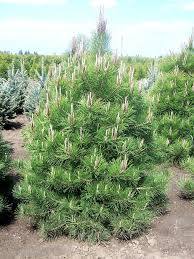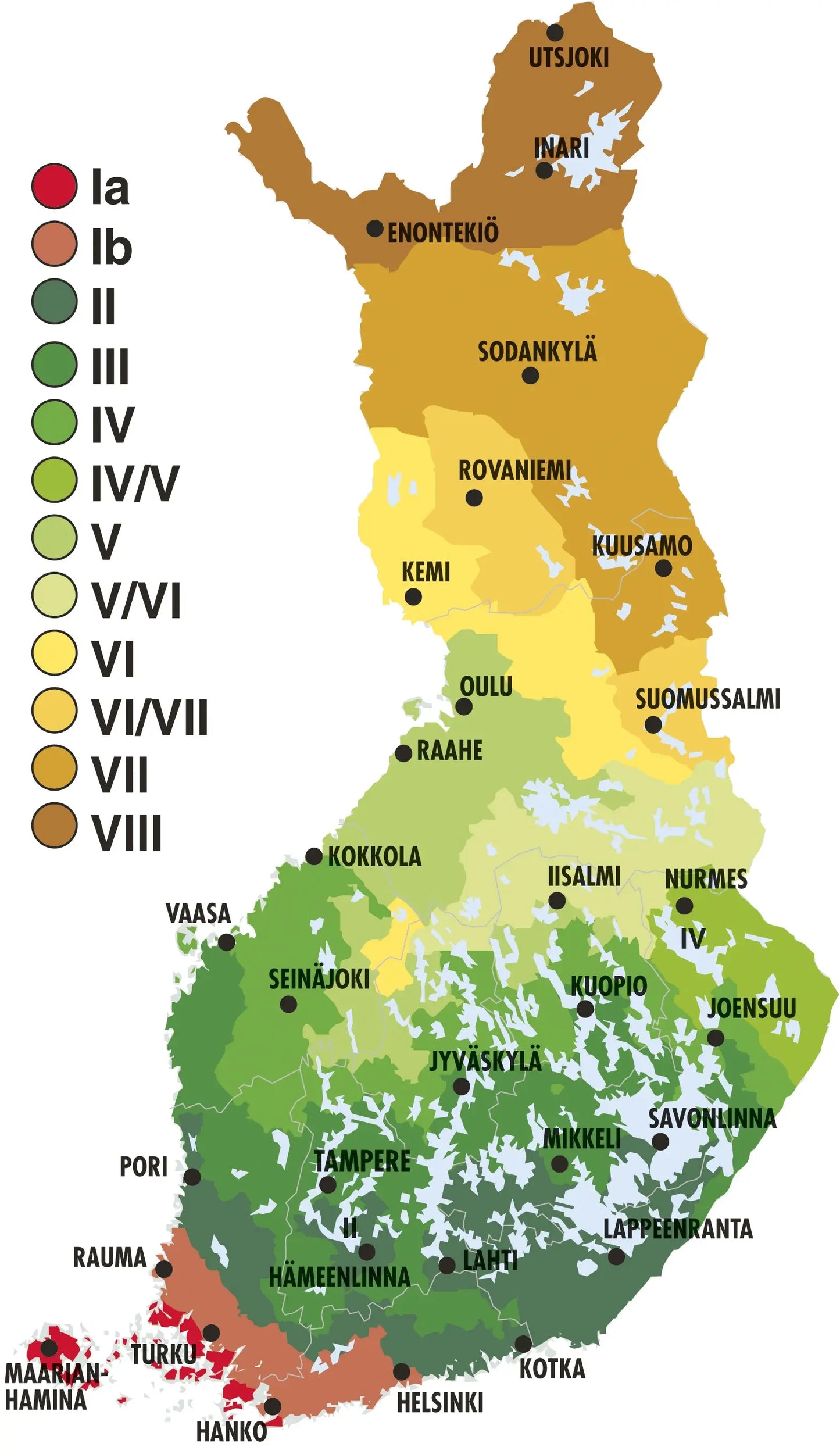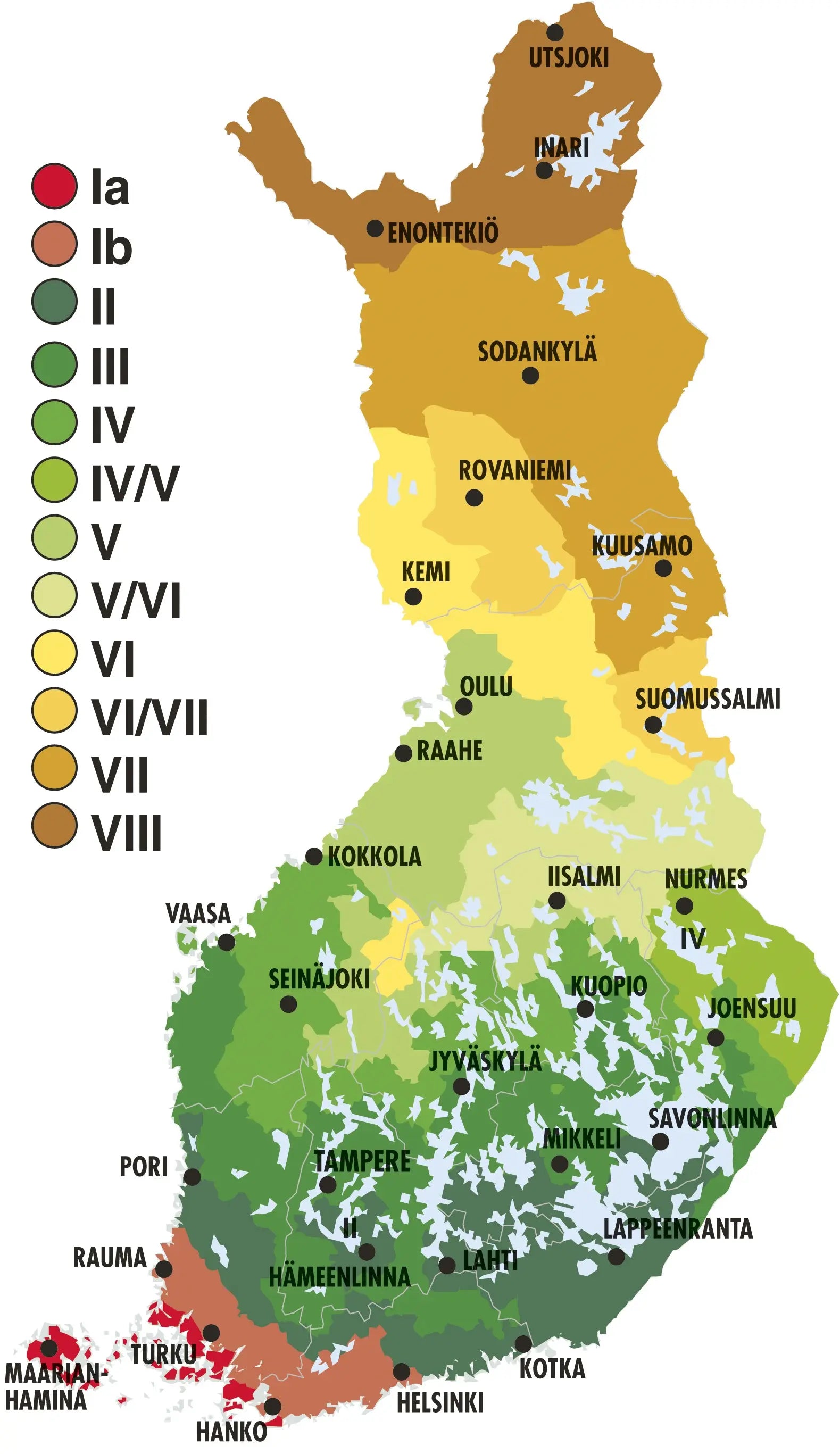Erikoistaimet.fi
Pinus nigra - European black pine
Pinus nigra - European black pine
Couldn't load pickup availability




Pinus nigra
Black pine occurs in the mountains of Central and Southern Europe and Asia Minor. It grows mainly on calcareous, dry and warm soil. Black pine is a very decorative tree. It grows 20-25 m high (less often 45 m) and 8-15 m wide. When young, the crown is broadly conical or slightly egg-shaped. The branches are strong and massively built, and they grow from the very bottom of the trunk in regular, almost circular forms. With age, the crown spreads more and more, which is why it needs quite a lot of space around it.
Black pine has deeply fissured bark. It is dark brown (almost black). It peels off in dark flakes with lighter features. Evergreen tree. It has two needles in a thread (two-needle pine). The needles are dark green, 8.16 cm long. The largest needles are found in the Austrian subspecies.
It is a monoecious plant, which means that both male and female flowers occur on the same tree. The male flowers are cylindrical, up to 3 cm long. They occur in clusters throughout the crown. There are 1-4 female inflorescences only in the upper part of the crown. It blooms in May-June. The cones grow up to 9 cm long. Bright brown. The seeds ripen in the second year. The empty cones fall to the ground by themselves in the spring. Black pine feels best in sunny places, so it should only be planted there. It prefers permeable, not too moist soil. It does not tolerate heavy and dense soil.
The evergreen European black pine originates from a fragmented area that stretches from Spain and Morocco to Turkey. The northernmost natural deposits are located in Austria. In its natural range, it can grow to a tree over 30 meters tall. In Finland, the tree will be shorter. Turku's botanical garden has probably the largest black pine in Finland. Under favorable conditions, the tree can grow to be hundreds of years old. Black pine is fast-growing and its growth habit is conical when young and often broad-crowned when older. The branches usually grow horizontally. The color of the bark varies from gray-brown to black, which is where the tree's name comes from. The black pine belongs to the pair-needle pines, just like the forest pine. Black pine's dark, dull green needles are 10–15 cm long.
Black pine's wind-pollinated flowering starts when the tree is over 10 years old and it is timed in early summer. The tree is monoecious; the same individual has both pistil and stamen cones. The pollinated cones ripen by the autumn of the following year. The cones are 4-8 cm long and 2-4 cm wide.
European black pine thrives in a sunny and sheltered place. Black pine tolerates many types of soil, including poor soils, thrives in water-permeable soil. The tree needs space for its deep root system where it grows. Needs protection from the spring sun when young.
The roots of this plant have been treated with mycorrhiza!
What mycorrhiza gives plants:
Ice






